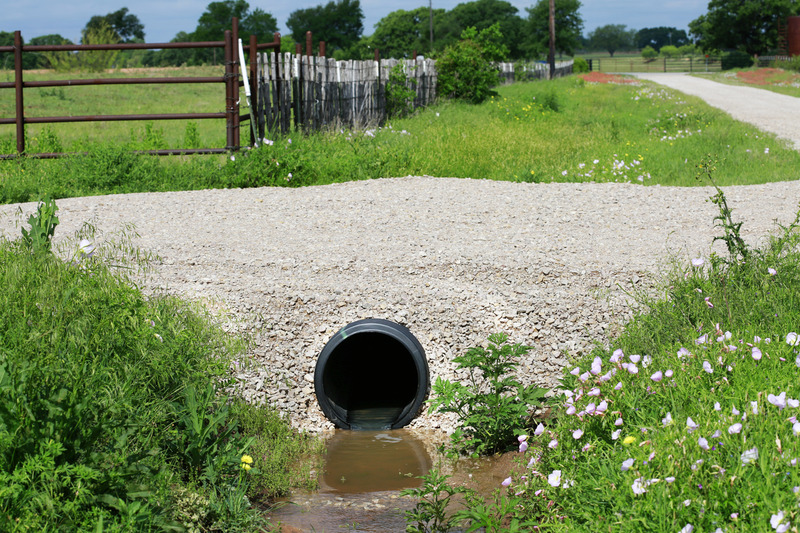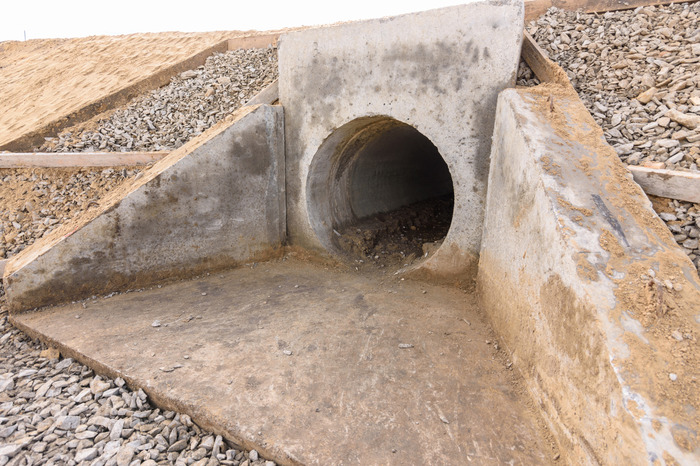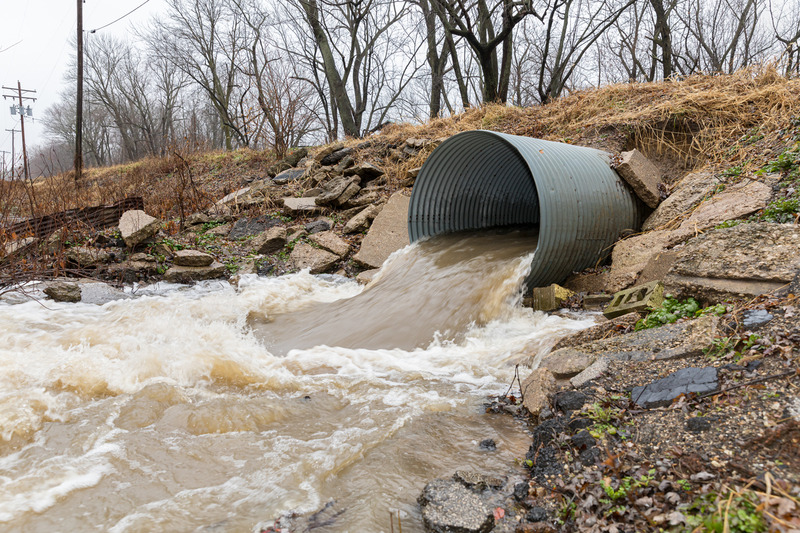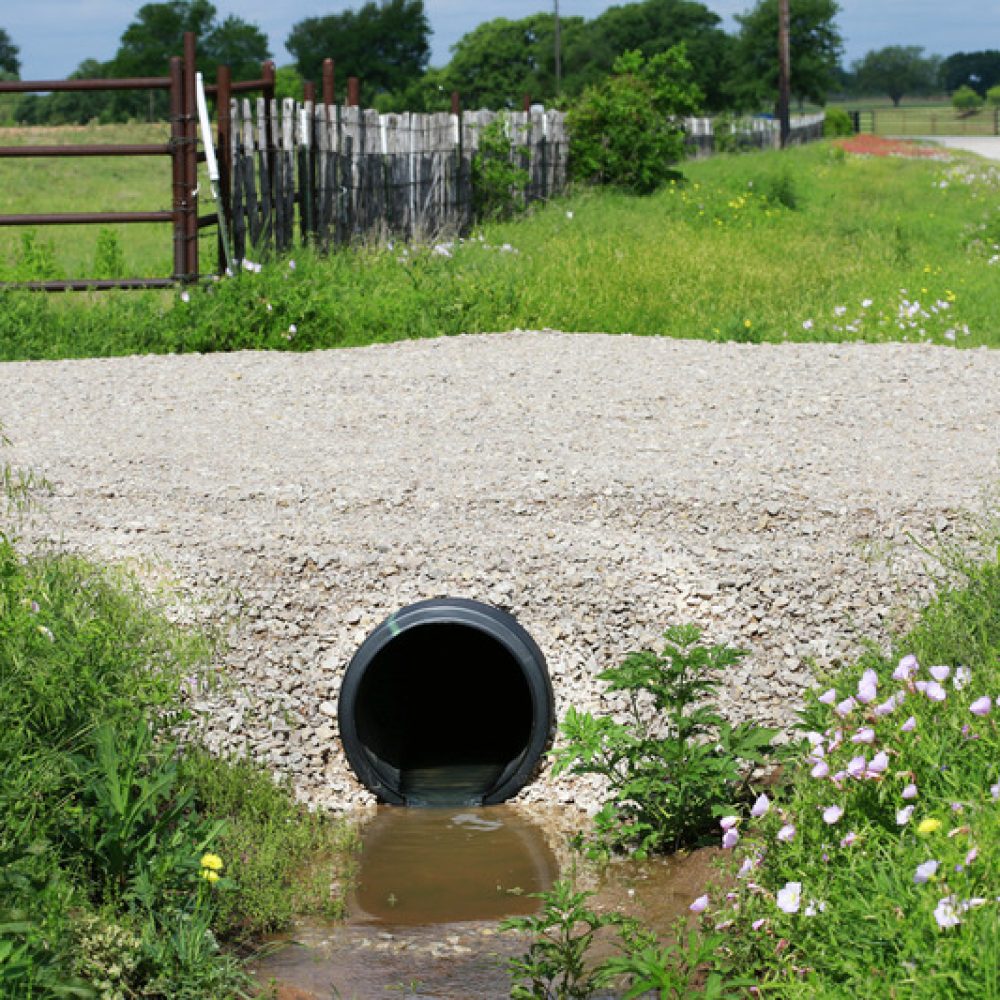How Do Culverts Prevent Flooding?
In a recent article, we asked the question ‘Is flooding in the UK getting worse?’, and the statistics and evidence we found certainly suggest that it is.
To better protect homes, businesses and agricultural land from this threat and its potentially devastating effects, we are having to adopt more and more flood prevention measures and systems, such as culverts.
But what exactly is a culvert, how does one prevent flooding and what maintenance do you need to carry out to ensure its continued effectiveness? The Need a Tanker team is here to answer all your questions.

What is a culvert?
When we get heavy rain, water can pool around the places where we live, work and travel. Culverts are tunnels or pipes that divert this excess rainwater beneath structures such as roads, railway lines and pathways and away from where it could damage property or block transport networks.
Different types of culverts

Various types of culverts have been designed to deal with different environments and local conditions. For instance, pipe culverts are good for directing water to a specific area but are not so good at handling large volumes of water or areas prone to more debris – in these circumstances, a box culvert would be a better choice. Box culverts also tend to be stronger and better able to support heavy loads.
The other main type of culvert is the arch culvert. This is also able to deal with large volumes of water, but is easier to blend aesthetically into the environment and is more cost-effective than a box culvert.
What is the difference between a culvert and a sewer?
Culverts direct excess rainwater via a specially created stream under structures and into ditches and watercourses. Sewers take rain and wastewater – such as from toilets, showers and baths, dishwashers and washing machines, and certain commercial and industrial activities – away from buildings to a facility for treatment.
Culvert maintenance and flood prevention

When heavy rain flows into a culvert, it can take all kinds of debris with it. Over time, this debris can accumulate and potentially block the culvert itself. It is essential, therefore, that all culverts are regularly checked for such debris and cleaned out before it’s too late.
If culverts become blocked and the excess water cannot be diverted as it should be, it will need somewhere to go – and that is likely to be wherever you were trying to divert it away from in the first place. The combination of debris blocking a culvert and water trying to escape down it could also lead to the culvert being damaged and requiring expensive repairs.
Who is responsible for clearing culverts?
If a culvert is on your land, then you will be responsible for keeping it clear and effective. If it runs along a shared boundary, then both you and your neighbour will be responsible. It may be possible that you have a culvert running under your land that you aren’t aware of – your title deeds should show if this is the case. Be aware that, according to the Land Drainage Act 1991, a landowner is ‘responsible for maintaining the culvert to allow for the free passage of water, whether or not he is aware of the culvert’.

Here at Need a Tanker, we provide fast and effective culvert cleaning services to clients nationwide. Get in touch today to find out more, get a cost-effective quotation or book an appointment with one of our experienced and fully-trained engineers.
